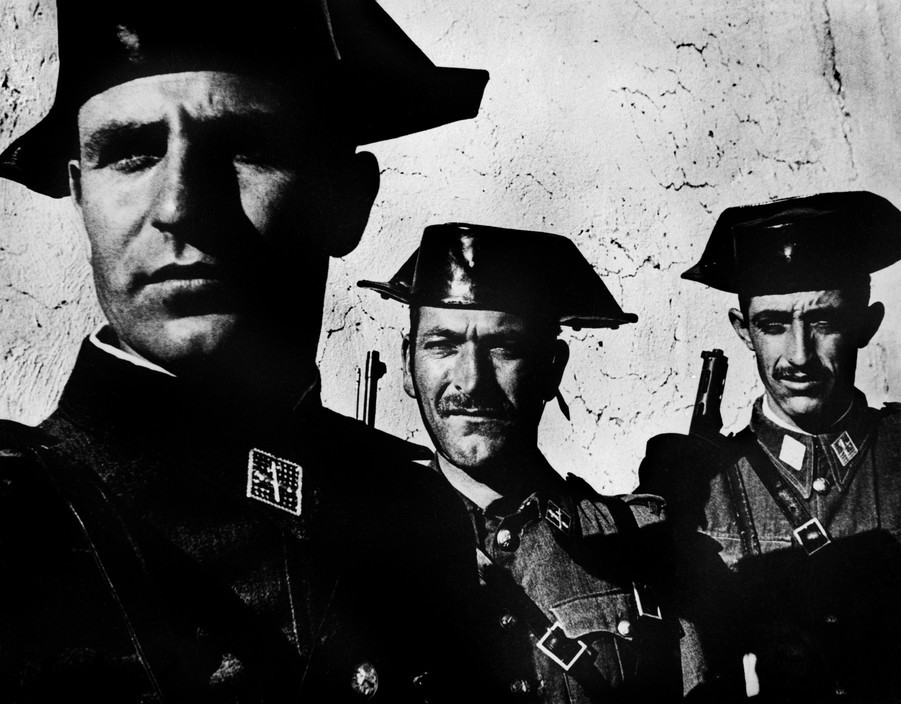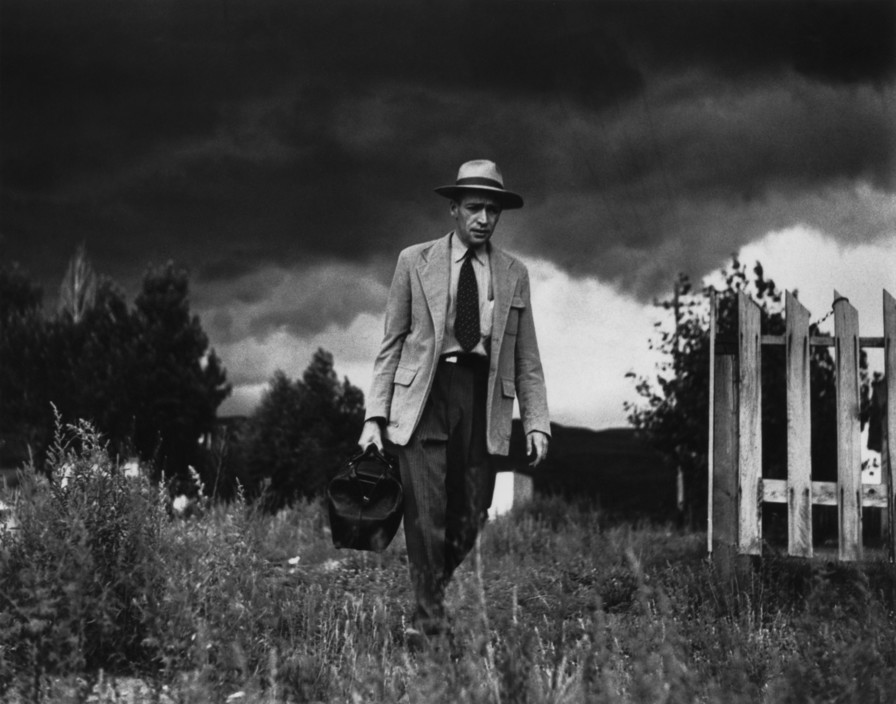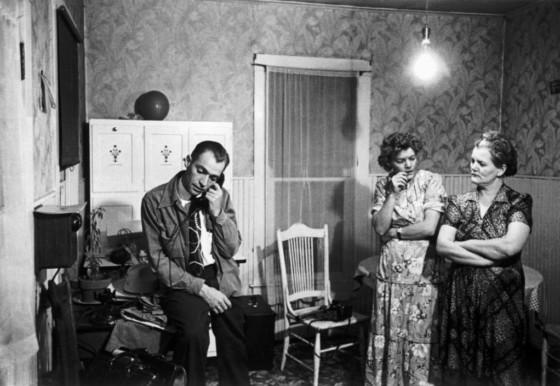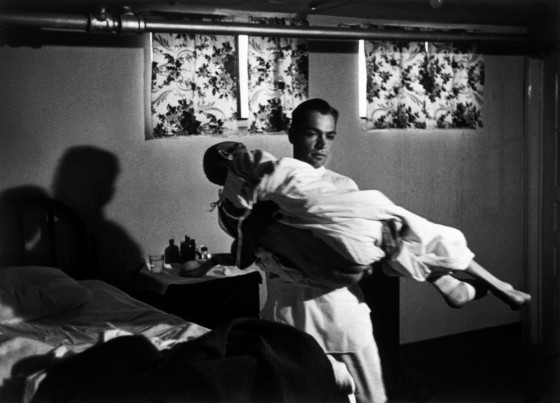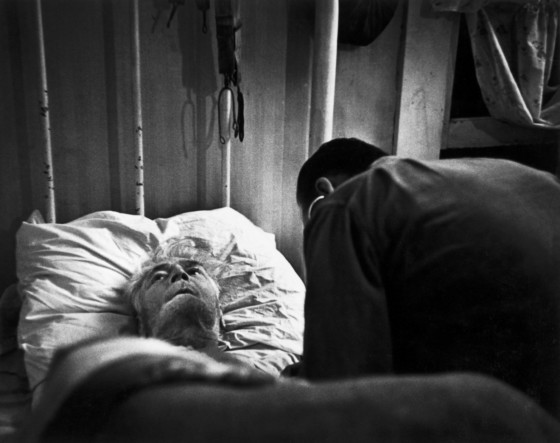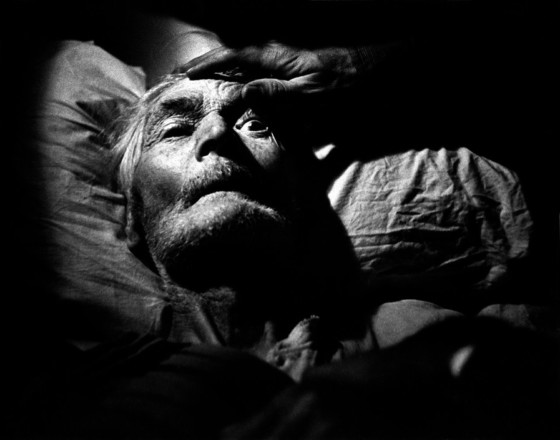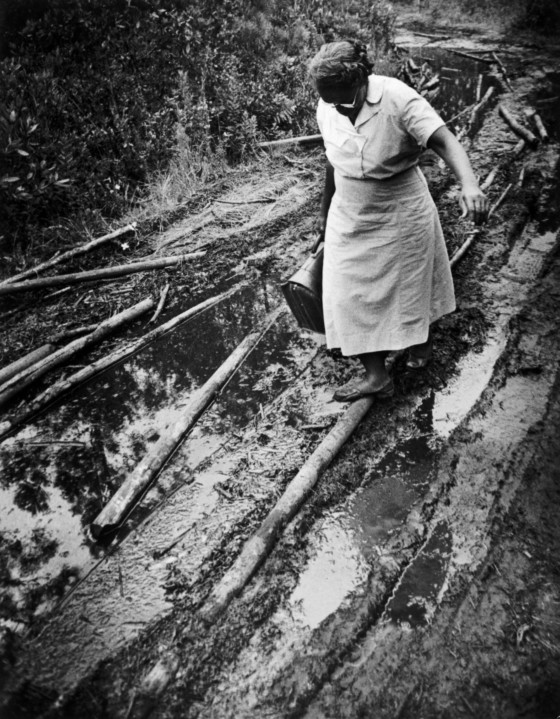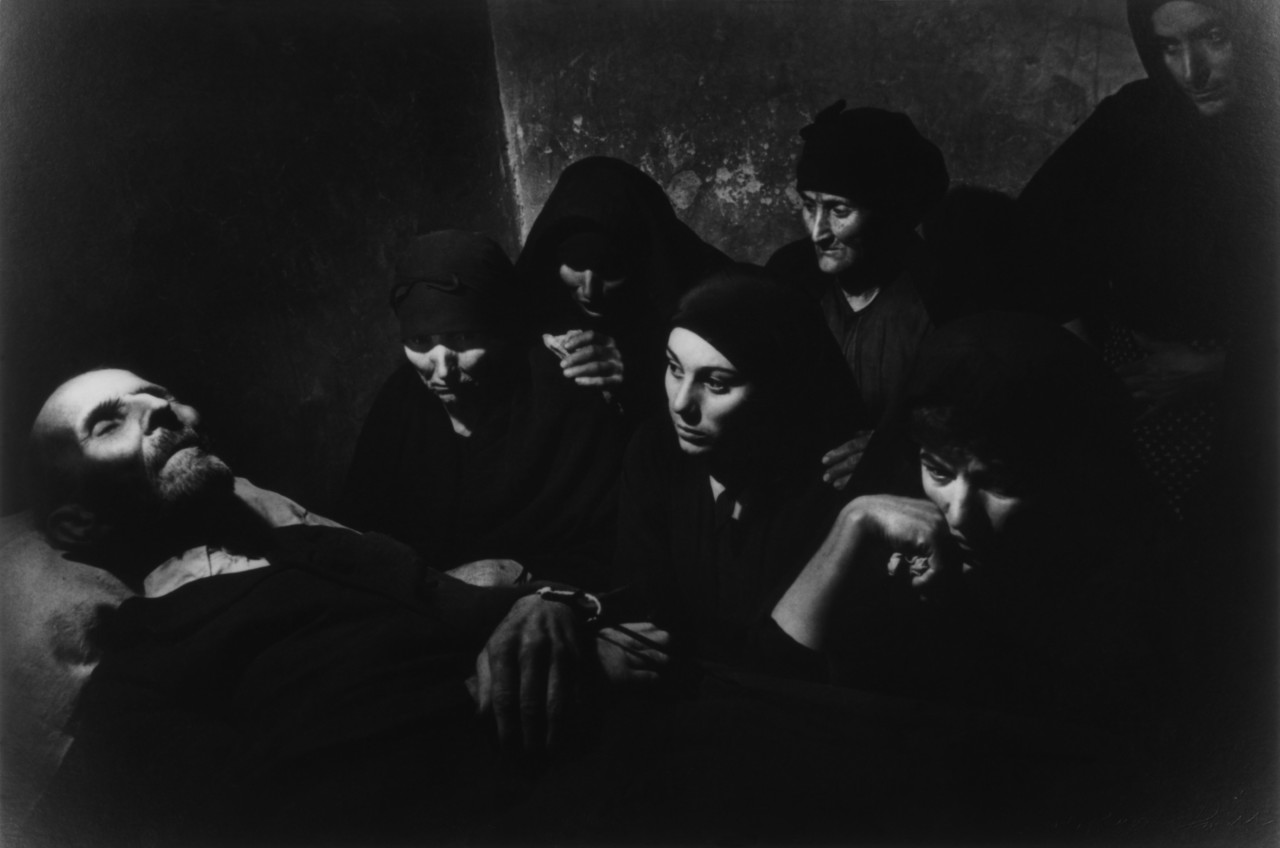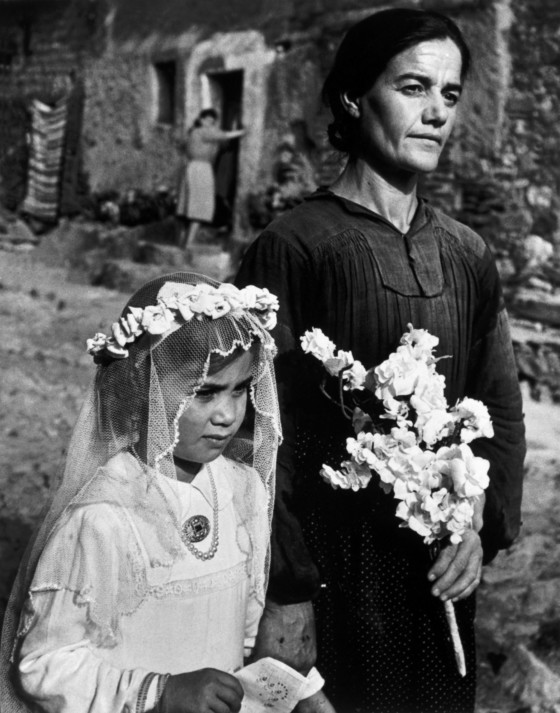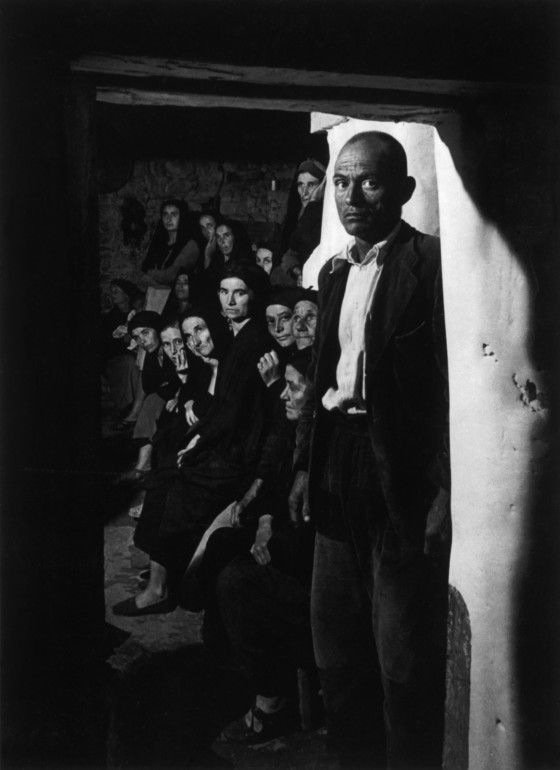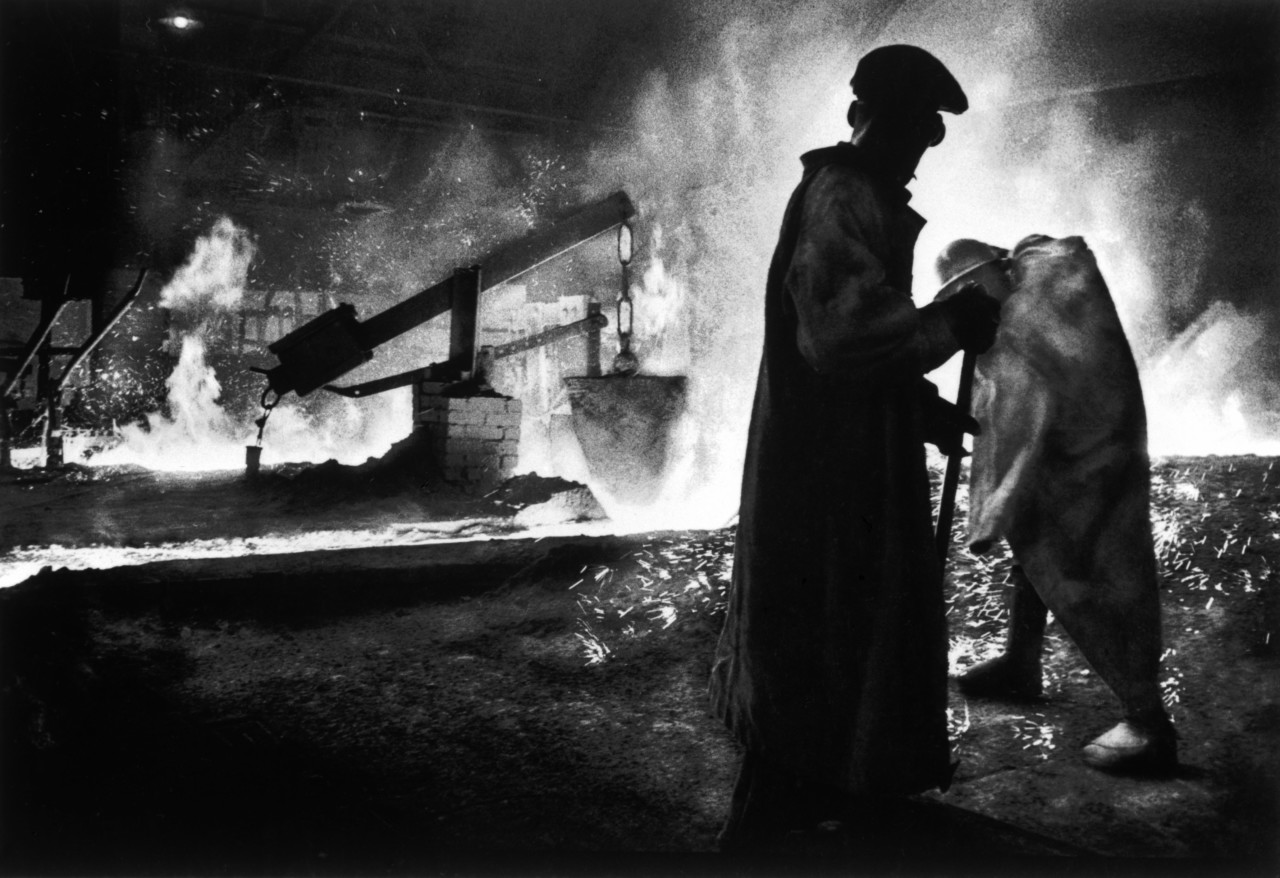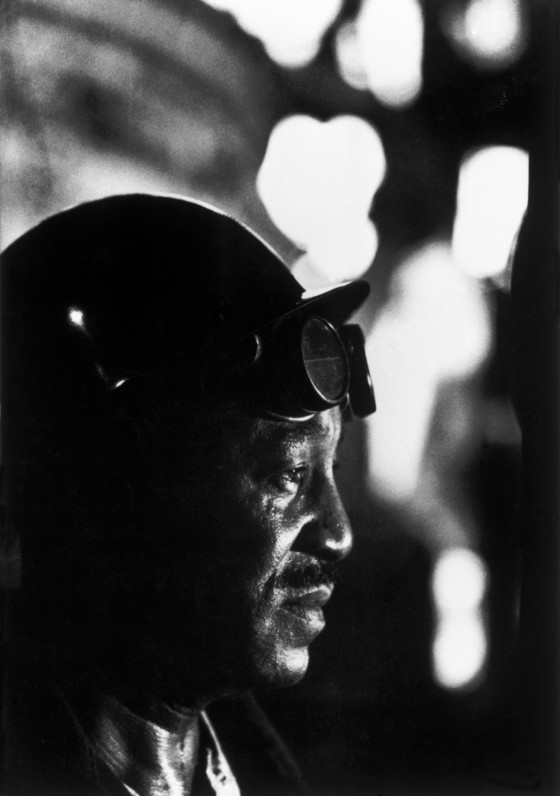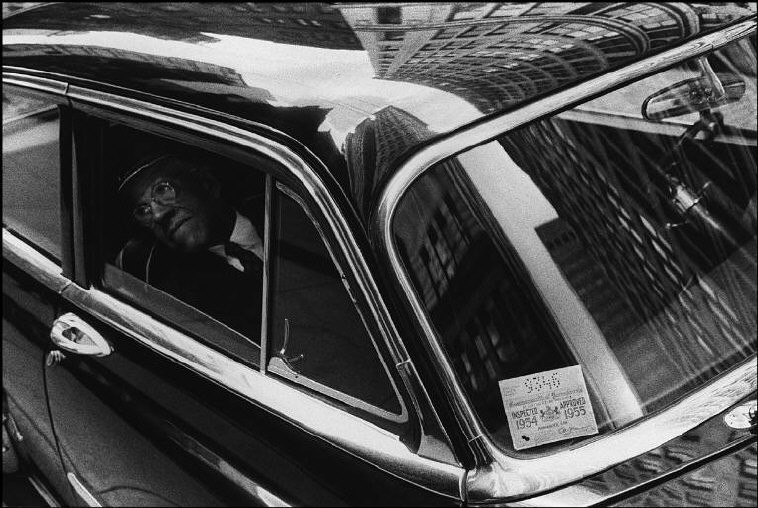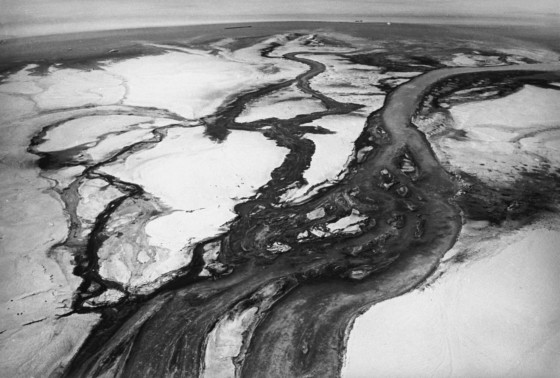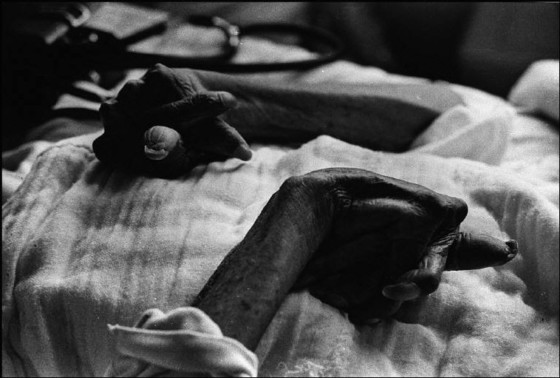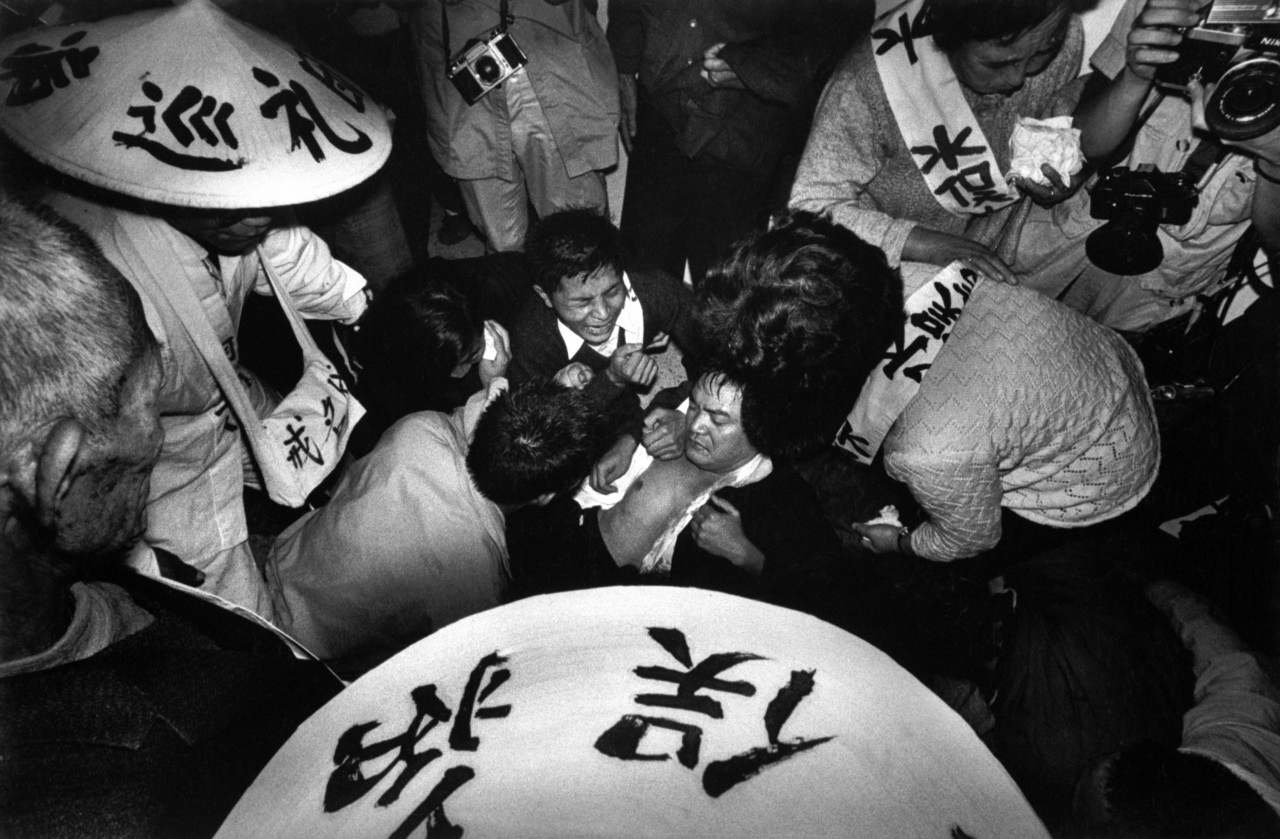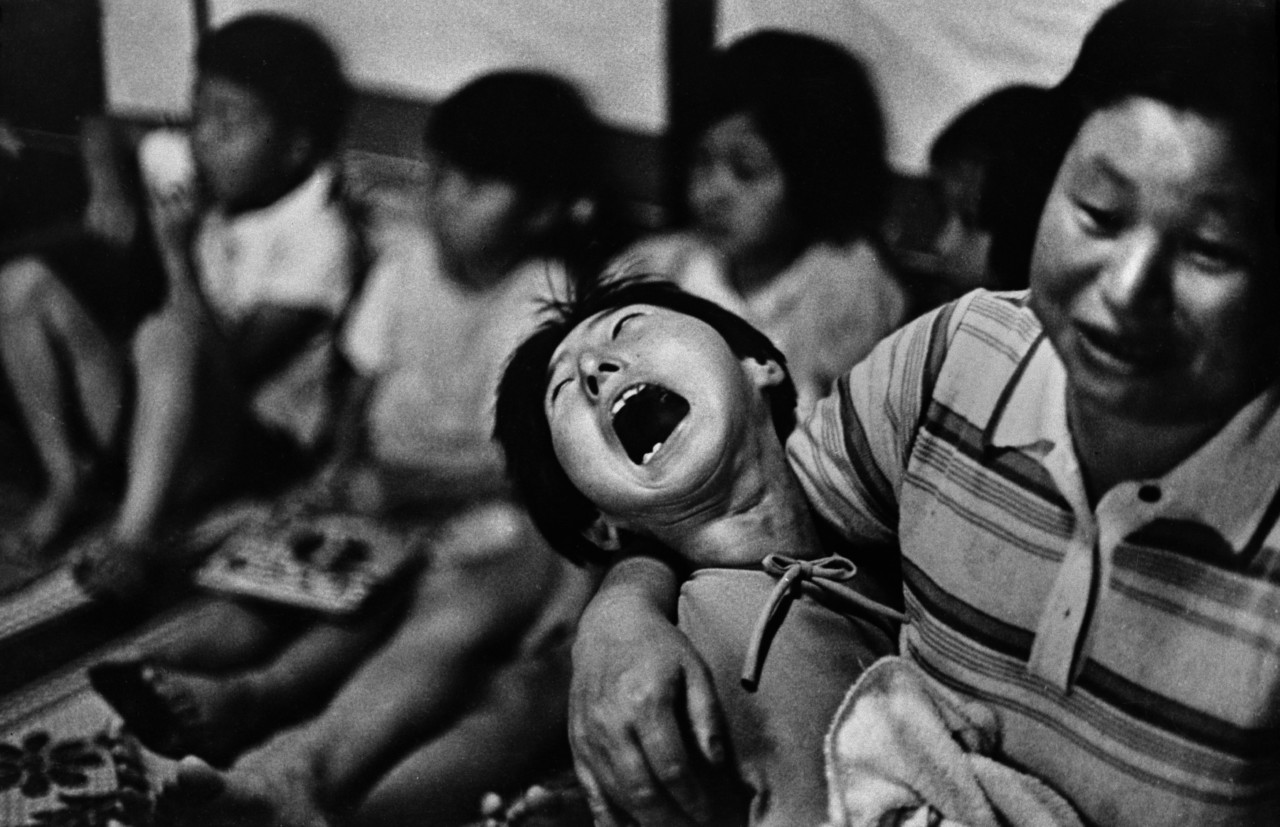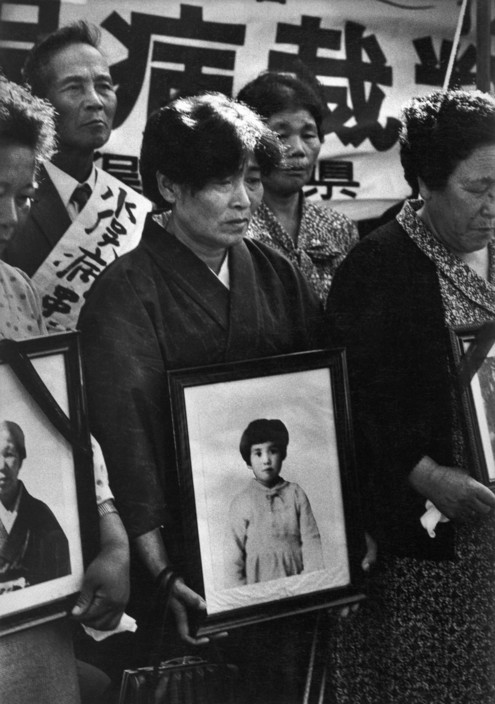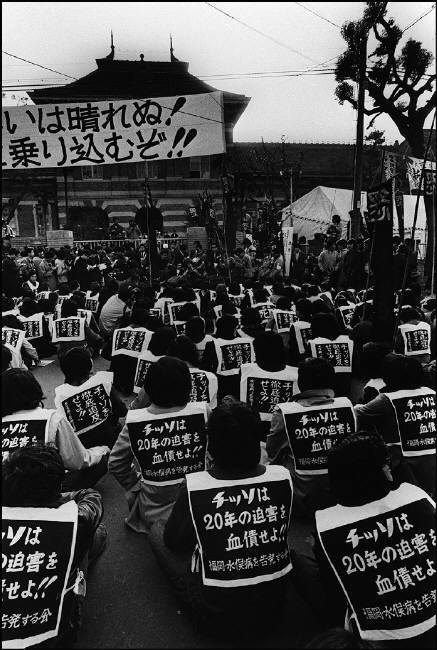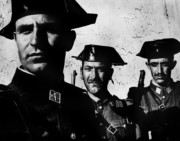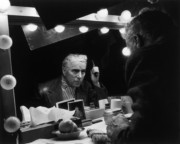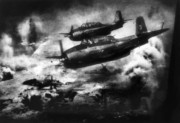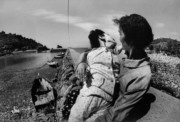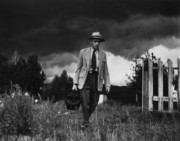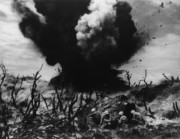W. Eugene Smith: Master of the Photo Essay
100 years since the birth of W. Eugene Smith, we take a look at the work of a remarkable talent who described his approach to photography as working “like a playwright”
W. Eugene Smith’s membership with Magnum may have been brief, spanning the years 1955-58, but his work left left a deep impression on many of Magnum’s photographers, as it has upon the practice of photojournalism generally. Smith is regarded by many as a genius of twentieth-century photojournalism, who perfected the art of the photo essay. The following extract from Magnum Stories (Phaidon), serves as a pit-stop tour through his most enduring and affecting works.
With “Spanish Village” (1951), “Nurse Midwife” (1951), and his essay on Albert Schweitzer (1954), “Country Doctor” is first of a series of postwar photo essays, produced by Smith as an employee of Life magazine, that are widely regarded as archetypes of the genre. The idea to examine the life of a typical country doctor, at the time of a national shortage of GPs, was the magazine’s, not Smith’s. Though it was preconceived and pre-scripted, with a suitable doctor cast for the role before Smith got involved, he was immediately attracted to the idea of its heroic central character. He left to shoot the story the day he first heard about it – and before it was formally assigned, lest his editors decide to allocate the job to a different photographer.
He described elements of his approach in an interview for Editor and Publisher later the same year:
“I made very few pictures at first. I mainly tried to learn what made the doctor tick, what his personality was, how he worked and what the surroundings were… On any long story, you have to be compatible with your subject, as I was with him.
I bear in mind that I have to have an opener and closer. Then I make a mental picture of how to fill in between these two. Sometimes, at the end of the day, I’ll lie in bed and do a sketch of the pictures I already have. Then I’ll decide what pictures I need. In this way, I can see how the job is shaping up in the layout form.
When a good picture comes along, I shoot it. Later I may find a better variation of the same shot, so I shoot all over again.”
"When a good picture comes along, I shoot it. Later I may find a better variation of the same shot, so I shoot all over again."
- W. Eugene Smith
Central to his method was his seeking to fade “into the wallpaper”. De Ceriani, the subject of the story and the one constant witness to his working approach, recalled in an interview with Jim Hughes, Smith’s biographer, that after a week Smith “became this community figure. He may not have known everybody, but everybody knew who he was. And you fell into this pattern: he was going to be around, and you just didn’t let it bother you. He would always be present. He would always be in the shadows. I would make the introduction and then go about my business as if he were just a doorknob.”
Smith set about what might have been a straightforward assignment with a demanding intensity. “I never made a move where Gene wasn’t sitting there,” Ceriani explained; “I’d go to the john and he’d be waiting outside the door, so it would seem. He insisted that I call when anything happened, regardless of whether it was day or night… I would look around and Gene would be lying on the floor; shooting up, or draped over a chair. You never knew where he was going to be. And you never knew quite how or when he got there. He would produce a ladder in the most unusual places.”
For a four-week shoot, Smith selected 200 photographs for consideration by Life, and while he clearly had some influence over the layout, he did not control it. It did not live up to his expectations; in the interview with Editor and Publisher, Smith stated that he was “depressed” thinking about just how far short it fell. It’s not clear how different it might have been had he done the layout himself. We know that the prints he made were rejected by Life’s art director, on the grounds that they were too dark and would not reproduce well on the magazine’s pages. Smith’s vision was darker in other regards too. Photographs not featured in Life’s layout, but reproduced or exhibited later, include a powerful series of 82-year-old Joe Jesmer being treated following a heart attack – an old man whose face terrifyingly reveals the apparent consciousness of his imminent death. Smith also chose, for his own exhibitions, troubling photographs of Thomas Mitchell prior to his leg amputation, as well as other images more baroque than those selected by Life. But the two brilliant images between which the layout hangs – his opener of the stoical doctor on his way to the surgery under a brooding sky and his closer, showing Ceriani slumped in weary reflection with coffee and cigarette – clearly reflect Smith’s won intentions for how the story should appear.
It is in the sophistication of its narrative structure that Smith’s innovation lies. In recorded conversations between Smith and photographer Bob Combs in the late 1960s, he elaborated on the ingredients of his approach (referring here to another story, “Nurse Midwife”):
“In the building of a story, I being with my own prejudices, mark them as prejudices, and start finding new thinking, the contradictions to my prejudices, What I am saying is that you cannot be objective until you try to be fair. You try to be honest and you try to be fair and maybe truth will come out.
Each night, I would mark the pictures that I took, or record my thoughts, on thousands of white cards I had. I would start roughing in a layout of what pictures I had, and note how they build and what was missing in relationships.
"In the building of a story, I being with my own prejudices, mark them as prejudices, and start finding new thinking, the contradictions to my prejudices, What I am saying is that you cannot be objective until you try to be fair."
- W. Eugene Smith
I would list the picture to take, and other things to do. It began with a beginning, but it was a much tighter and more difficult problem at the end. I’d say, ‘Well, she has this relationship to that person. I haven’t shown it. How can I take a photograph that will show that? What is this situation to other situations?’
Here it becomes really like a playwright who must know what went on before the curtain went up, and have some idea of what will happen when the curtain goes down. And along the way, as he blocks in his characters, he must find and examine those missing relationships that five the validity of interpretation to the play.
I have personally always fought very hard against ever packaging a story so that all things seem to come to an end at the end of a story. I always want to leave it so that there is a tomorrow. I suggest what might happen tomorrow – at least to say all things are not resolved, that this is life, and it is continuing.”
Smith refers to working “like a playwright”. Elsewhere he compared his work to composing music, but perhaps it is the literary reference that is most relevant to “Country Doctor”. His doctor is the emblematic hero of a drama that unfolds through several episodes – literally, acts. His opening and closing tableaux have all the content of soliloquies: single moments loaded with psychological detail and environmental description that frame the play. Unlike the experience of a play in the theatre where we watch it once, from beginning to end – we read the magazine essay back and first, at the very least reviewing the images again once we have read through it. The details of the doctor’s actions lend weight to the opening and closing portraits, and vice versa, so that the depth of its characterization reveals itself across the images as a group. It would not work if it were not wholly believable as a record of a real man, and real events. As such, its strength and its place in the history of the genre lies in the manner in which it combines a record of reality within an effective dramatic structure; in short, as a human drama.
Smith’s essay-making technique was not something he developed independently of the media that published his pictures. It began with essays produced in the early 1940s for Parade, where photographers were encouraged to experiment with story structure (without the tight scripting Smith later encountered at Life magazine) and where stories often focused on an attractive central character achieving worthwhile goals against formidable odds. Although Smith is on record as being in constant struggle with Life over its scripts – as well as its layouts, the selection of photographs, and the darkness of his prints – it seems appropriate to view his achievement as the product of a dialogue with the needs and practices of the magazine. The battles were over the details of particular decisions rather than over the mission or purpose. In fact, Smith wholly identified with the Life formula, taking and refining it to a new level of sophistication.
After Smith left life in 1954 – after several prior resignations, his final departure was over the editorial slant given to his essay on Albert Schweitzer – he embarked on his ambitious Pittsburgh essay. Working for the first time outside the framework of a magazine, with only a small advance from a book publisher, and encouraged by Magnum’s reassurance that he would find a worthwhile return from serial sales of independently executed essays, he believed that he was positioned to produce his best work yet. He wrote to his brother that he Pittsburgh essay would “influence journalism from now on”, and described in an application for a Guggenheim Fellowship that he “would recreate as does the playwright, as does the good historian – I would evoke in the beholder an experience that is Pittsburgh.”
It did not really work. Becoming a landmark in the ambition of the photo essay, and including some of his strongest photographs, the Pittsburgh essay nevertheless failed to be the symphony in photographs for which Smith strove, After four years of work, it was finally published in the small-format Popular Photography Annual of 1959, run as a sequence of “spread tapestries” – as he described his intended layout to the editor of Life. He titled the essay Labyrinthian Walk, indicating the story was less about the city than a portrait of himself locked in a life-or-death struggle with a mythical demon. Although he himself was responsible for the layout, he judged it a failure. The dream – or necessity – of Magnum failed also. He did only two minor assignments in the time he was a member, and he left completely broke, his family in poverty, with Magnum itself smarting from the investment it too had ploughed into the Pittsburgh project.
After the “Country Doctor” story was published, Smith declared that he was “still searching for the truth, for the answer to how to do a picture story”. Later, in 1951, he stated in a letter to Life editor Ed Thompson, “Journalism, idealism and photography are three elements that must be integrated into a whole before my work can be of complete satisfaction to me.” In 1974, 20 years after embarking on the Pittsburgh essay, Smith was vindicated with the triumphant artistic and journalistic success of “Minamata”, his story about the deformed victims of the pollution by the Chisso chemical plant in Japan. The story became a new paradigm for the possibilities of photojournalism, in part because of its unambiguous moral purpose.


